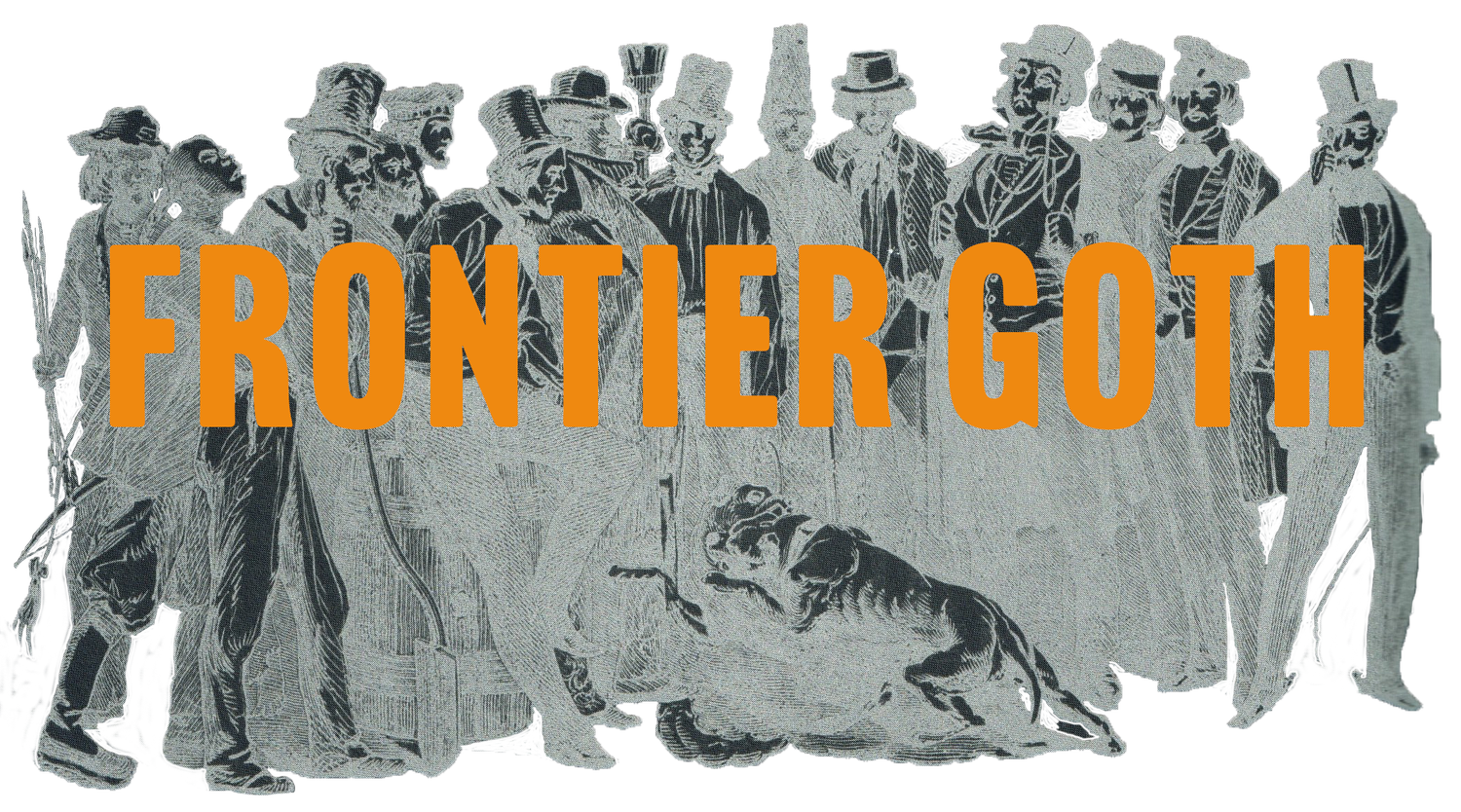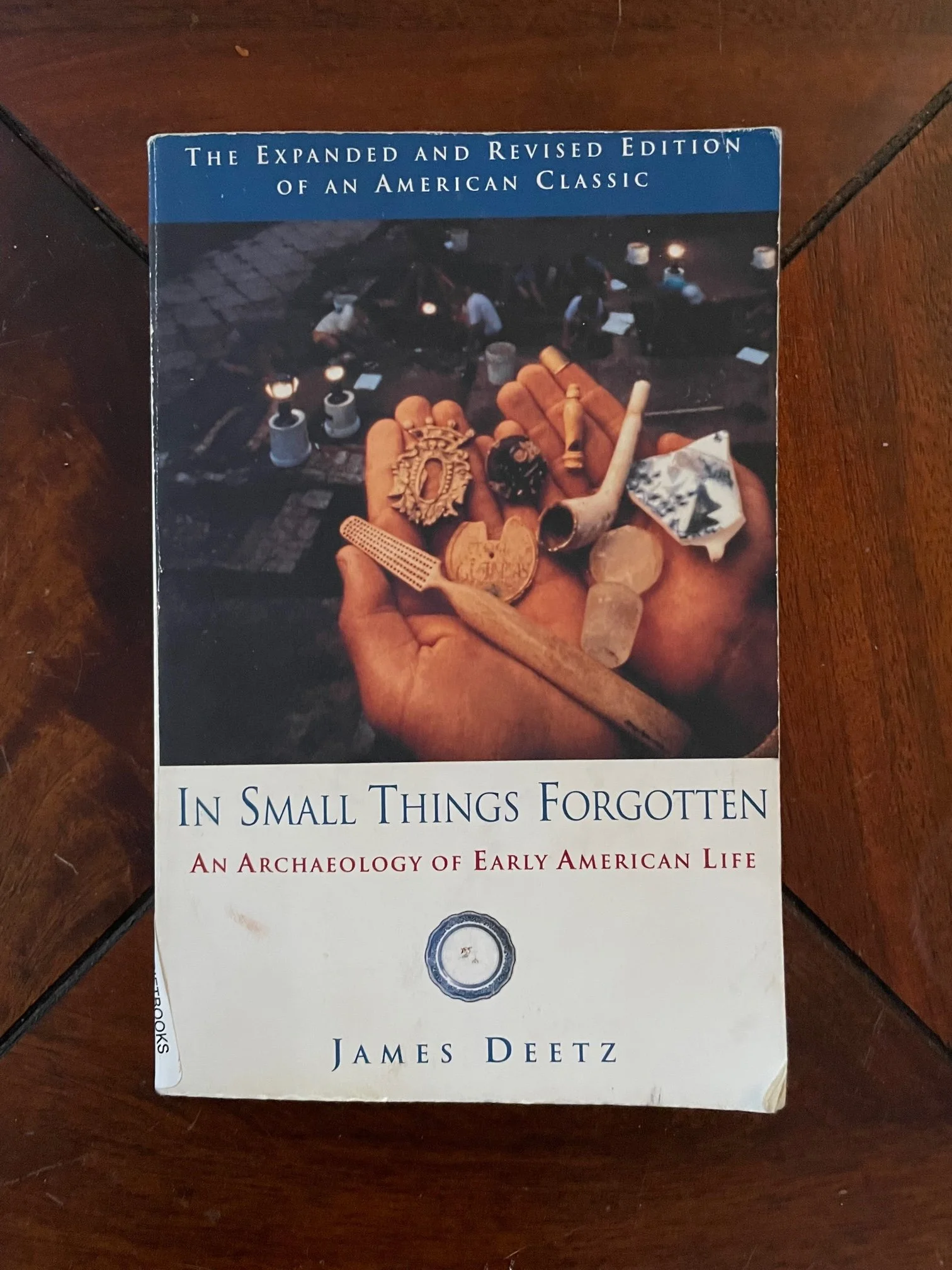In Small Things Forgotten by james Deetz
“Culture is socially transmitted rules for behavior, ways of thinking about and doing things. We inherit our culture from the teachings and examples of our elders and our peers rather than from genes, whether it is the language we speak, the religious beliefs that we subscribe to, or the laws that govern our society. All such behavior is reflected in subtle and important ways in the manner in which we shape our physical world. Material culture is usually considered to be roughly synonymous with artifacts, the vast universe of objects used by humankind to cope with the physical world, to facilitate social intercourse, and to benefit our state of mind. A somewhat broader definition of material culture is useful in emphasizing how profoundly our world is the product of our thoughts, as that sector of our physical environment that we modify through culturally determined behavior. This definition includes all artifacts, from the simplest, such as a common pin, to the most complex, such as an interplanetary space vehicle. But the physical environment includes more than what most definitions of material culture recognize. We can also consider cuts of meat as material culture, since there are many ways to dress an animal; plowed fields; even the horse that pulls the plow, since scientific breeding of livestock involves the conscious modification of an animal’s form according to culturally derived ideals. Our body itself is a part of our physical environment, so that such things as parades, dancing, and all aspects of kinesics—human motion—fit within our definition. Nor is the definition limited only to matter in the solid state. Fountains are liquid examples, as are lily ponds, and material that is partly gas includes hot-air balloons and neon signs. I have suggested in Invitation to Archaeology that even language is a part of material culture, a prime example of it in its gaseous state. Words, after all, are air masses shaped by the speech apparatus according to culturally acquired rules.”
-James Deetz, 1977



